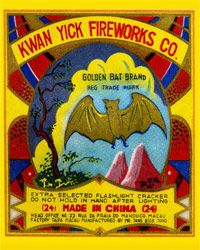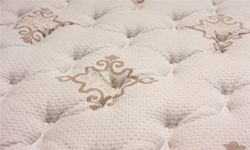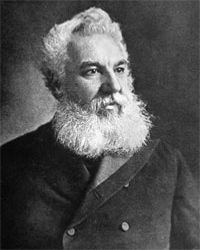Ever wonder where old inventions go to die? Some go softly into the good night. Others enjoy long lives as they get repurposed or recycled into new products or services. Legally, this can happen one of three ways. Improvement patents either remove or add something to an existing invention to make it better. Another similar approach is to incorporate new technology into old products. For example, putting a microprocessor into a device previously controlled by analog circuitry can result in a new patent. Finally, it's possible to think of a new use for an existing patent -- something that transforms the first invention into something completely different.
In this article, we'll look at 10 of these "new-use" inventions. Some items on our list have been around for centuries. Others have been introduced only recently. Almost all of them will astonish you with how radically different their new uses are from their original uses. Take the first item on the list: an ancient medicine that proved to be more useful as an agent of murder and mayhem.
Advertisement










